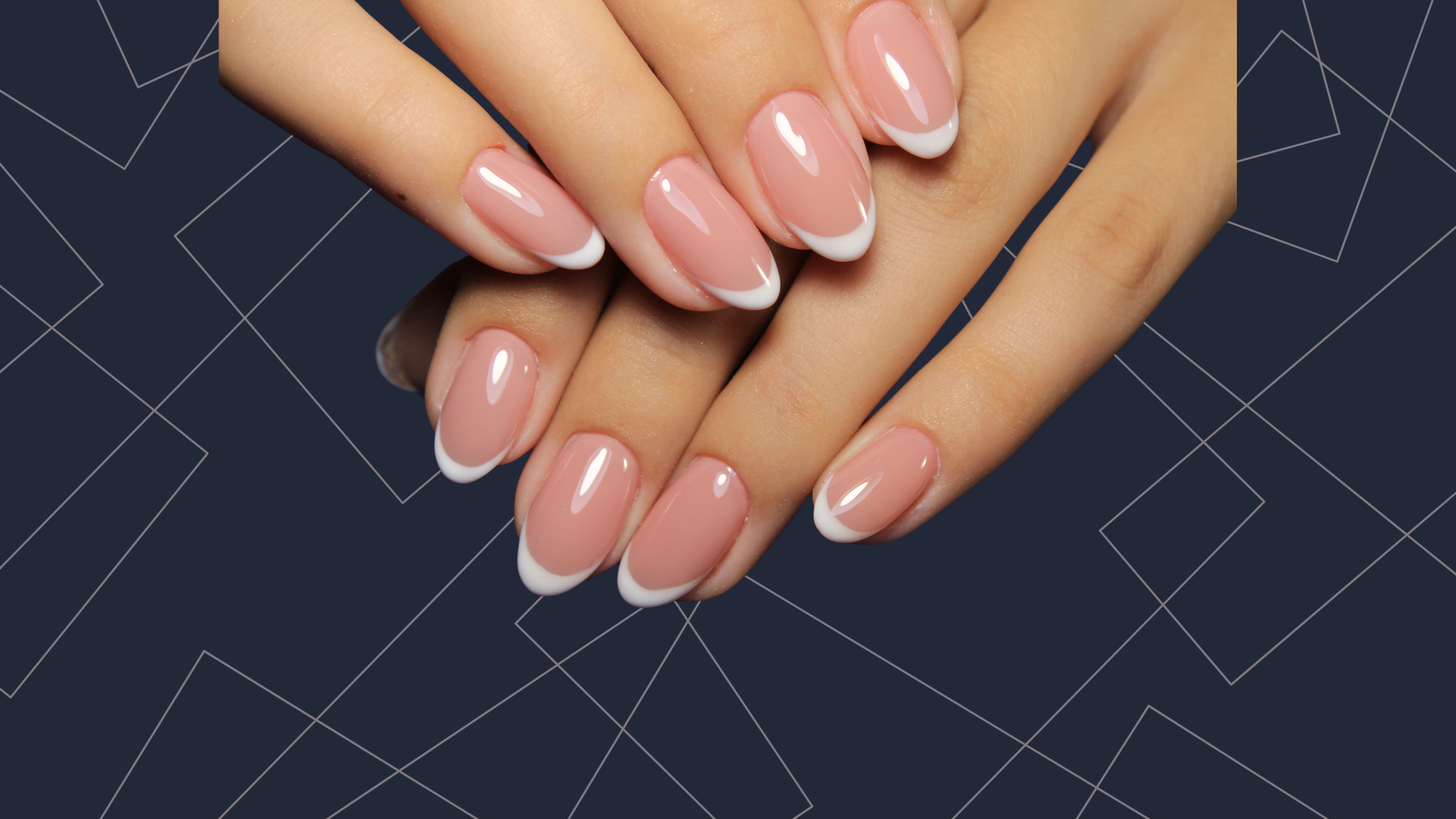Even small mistakes during a nail service can result in serious health problems — not just for the client, but for the nail technician as well.
One of the most common errors is poor nail preparation. For example, failing to properly clean the cuticle area or leaving dust and oils on the nail plate before applying any product can reduce adhesion significantly. When the surface isn’t clean, gel products are more likely to lift, allowing moisture and bacteria to enter. This can eventually lead to fungal infections or damage to the natural nail.
Proper preparation involves more than a light buff — it requires thorough cleaning around the cuticle area and ensuring there’s no residue left on the nail.
Another highly overlooked issue is incorrect curing. Under-curing the gel or using the wrong lamp can leave the product soft on the inside, even if it appears dry on the surface. When gel isn't fully cured, it continues to release chemicals that can soak into the skin and trigger allergic reactions, such as rashes, itching, or even contact dermatitis. Additionally, incompletely cured gel traps moisture underneath, creating a humid, enclosed environment that encourages fungal growth — a risk that clients and technicians often miss until it's too late.
Improper base or builder gel application is another frequent mistake, especially among less experienced or untrained techs. Applying base too thick or too thin, letting gel overflow into the cuticle without cleaning it, or skipping the base layer entirely and applying builder directly onto the nail all compromise structure and safety. These shortcuts reduce adhesion, increase lifting, and make the nail more susceptible to breakage or bacterial exposure. Every step matters, no matter how rushed the schedule may be — it's the only way to ensure both beauty and long-term nail health.

Health & Safety in Nail Salons: More Than Cleanliness
Health & Safety in nail salons is not just about having a tidy workspace. It is a fundamental principle that protects both the client and the technician.
These are the protocols and routines that prevent infection, maintain hygiene, and promote a safe, professional working environment. In countries like the UK or US, these standards are taken very seriously. Strict compliance helps salons earn trust, build a reputable brand, and avoid legal risks.
There is a noticeable difference in approach between Western-trained technicians and some in the Vietnamese community. Nail techs educated in the UK, US, or Australia are often taught from the outset that Health & Safety is a higher priority than decoration or artistry.
Practices such as hand-washing before service, wearing gloves, disinfecting tools, and never skipping hygiene steps are considered non-negotiable. By contrast, some Vietnamese salons that rely on informal training tend to focus heavily on technique — shaping, painting, design — while hygiene protocols are inconsistently followed or deprioritised.
This mindset must evolve for Vietnamese technicians to remain competitive in high-standard markets.
Core Health & Safety Procedures Nail Salons Must Follow
To meet minimum safety standards in any salon, these basic procedures should always be carried out:
-
Hand-washing before and between clients
Both the technician and the client should wash their hands with soap or a sanitising solution before starting. This simple step removes bacteria, dirt, and chemicals, reducing the risk of cross-contamination. Techs must also wash their hands thoroughly between clients to keep their hands clean and safe. -
Sterilising tools properly
Reusable tools like nippers, pushers, metal files, and scissors must be disinfected after each use. Ideally, salons should use an autoclave steriliser. If not available, tools should be soaked in high-grade disinfectant. Disposable tools such as buffers or emery boards must never be reused and should be replaced for every client. -
Cleaning the nail station after every client
The workspace — including the desk, client chair, and surrounding area — must be wiped clean immediately after use. Alcohol or professional disinfectant sprays can help remove dust, gel residue, and other contaminants. A clean station prevents disease transmission and presents a professional image that clients notice and appreciate.
Common Nail-Related Conditions and How to Prevent Them
Nail-related health issues are more than cosmetic problems. They can carry real risks to the skin, nail bed, and overall hygiene. Some of the most common conditions include:
-
Fungal infections due to trapped moisture
When gel lifts even slightly, water can seep between the natural nail and the product, where it becomes trapped. This creates a perfect breeding ground for fungus. Prevention starts with proper application — a well-adhered base and builder layer with no lifting points, and aftercare advice for the client to avoid soaking hands excessively. -
Skin allergies caused by uncured gel
If gel is not fully cured under the correct light and timing, its chemicals remain active and can irritate the skin. This often leads to redness, itchiness, and in severe cases, contact dermatitis. Always use lamps suitable for your gel system, follow curing time strictly, and inspect the surface to ensure full cure before continuing. -
Nail breakage from missing base layer
When the base gel is skipped or applied incorrectly, the product has nothing to anchor to. This weakens the structure, causing cracks, chipping, or the entire enhancement detaching prematurely. A proper base is essential for adhesion and acts as the foundation of the entire nail structure.
In conclusion, Health & Safety is not just a box to tick, but a mindset that should run through every step of your service.
By respecting each phase — from prep to curing to cleanup — you not only protect your client’s nails, skin, and overall wellbeing, but also uphold your professional reputation.
In a competitive industry, technique alone is no longer enough; true mastery comes from combining artistry with responsibility.
